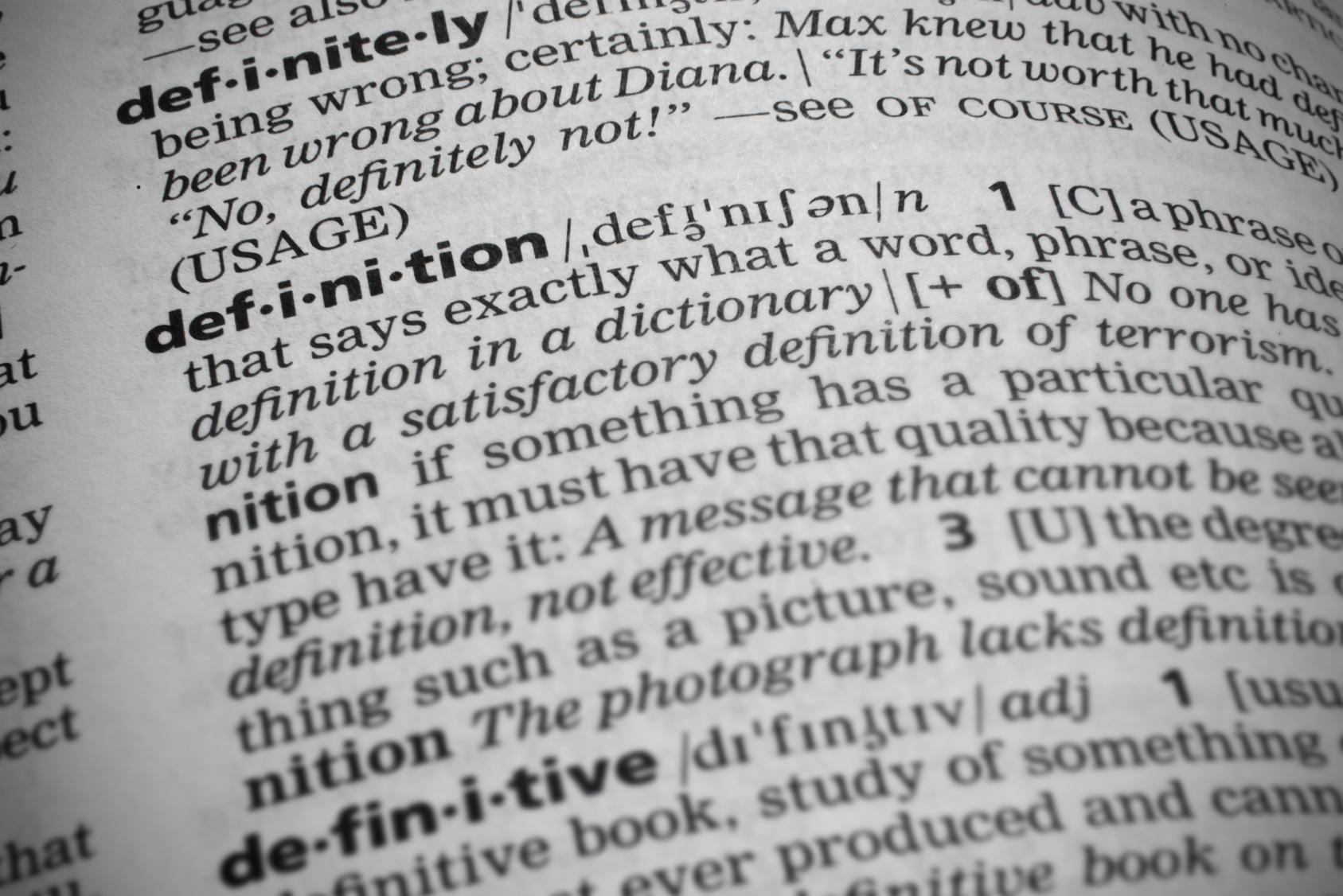For many people, auto glass terminology can feel like a foreign language. However, when your windshield is damaged, it is often helpful to understand basic terminology to determine your next steps. For example, a floating crack will often have a much different suggested solution than an edge crack. Here are the terms to help you take care of the pain in your glass.
Auto Glass Terminology
Acute Area: This is the area of the windshield directly in front of the driver. Starting right above the wheel, it is approximately 8.5″ high and 11″ wide. In North America, this is used by auto glass shops and insurance companies as the standard for the driver’s critical vision area.
Belt Molding: A rubber molding placed between the panels of a vehicle door, through which the glass door is raised or lowered.
Bull’s Eye: A distinctive type of damage occurring to glass, where the damage is marked by a clean, separated cone in the outer layer.
Chip: Windshield damage is classified as a chip when impact damage to laminated glass does not penetrate the outer layer, however glass is missing from the point of impact.
Combination Break: A type of windshield damage classification when there have been more than two types of damage.
Cure Time: The time required for a substance or material to dry or set given the current weather. For example, the adhesive used to secure a windshield will often take longer to cure during the winter months.
Dauber: A single-use cotton applicator used when applying primers and preps to the glass and metal bonding surfaces.
Dry Glazing: A method of using a preformed gasket to secure glass in a frame.
Durometer: A device for measuring the hardness of a material, typically of sealants and polymers.
Edge Crack: Any crack on a windshield that extends to or very close to the edge of the windshield.
Elongation: The flexibility or stretchability of cured adhesive. Glass adhesive must have the right flexibility to absorb body flex but still support the glass.
Emery: A mineral substance used to polish and grind glass.
Floating Crack: A windshield crack that takes place in the middle of the glass, and does not reach or get close to the edge.
Half Moon: Similar to a bullseye, this is a damage that has a half-circle separation around the impact point.
Headliner: The fabric that lines the roof of a passenger vehicle.
Impact: The point at which an object hits the windshield and is the origin of the damage.
Legs: Short cracks that form from the edges of a break.
OEM: An abbreviation for Original Engine Manufacturer. Sometimes used to refer to “name brand” glass.
Poly Vinyl Butyral: The vinyl layer in laminated glass, separating the two panes.
Quarter Glass: The rear side windows in a vehicle.
Resin: Generally a non-water-soluble material which has little to no tendency to crystallize. Because of this, it is often used to fill chips and cracks during windshield repairs.
Reveal Molding: Oftentimes a plastic molding used to cover the edges of the windshield and back glass.
Safety Glass: A term used for either laminated or tempered glass.
Side-Lite: Passenger car side windows.
Tempered Glass: A break-resistant glass that shatters into small granular pieces when broken to avoid injury.
If you’re reading this due to damaged auto glass, we can help. Use our instant quote tool to get back on the road today.

